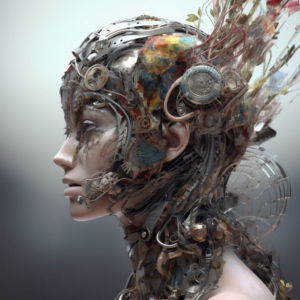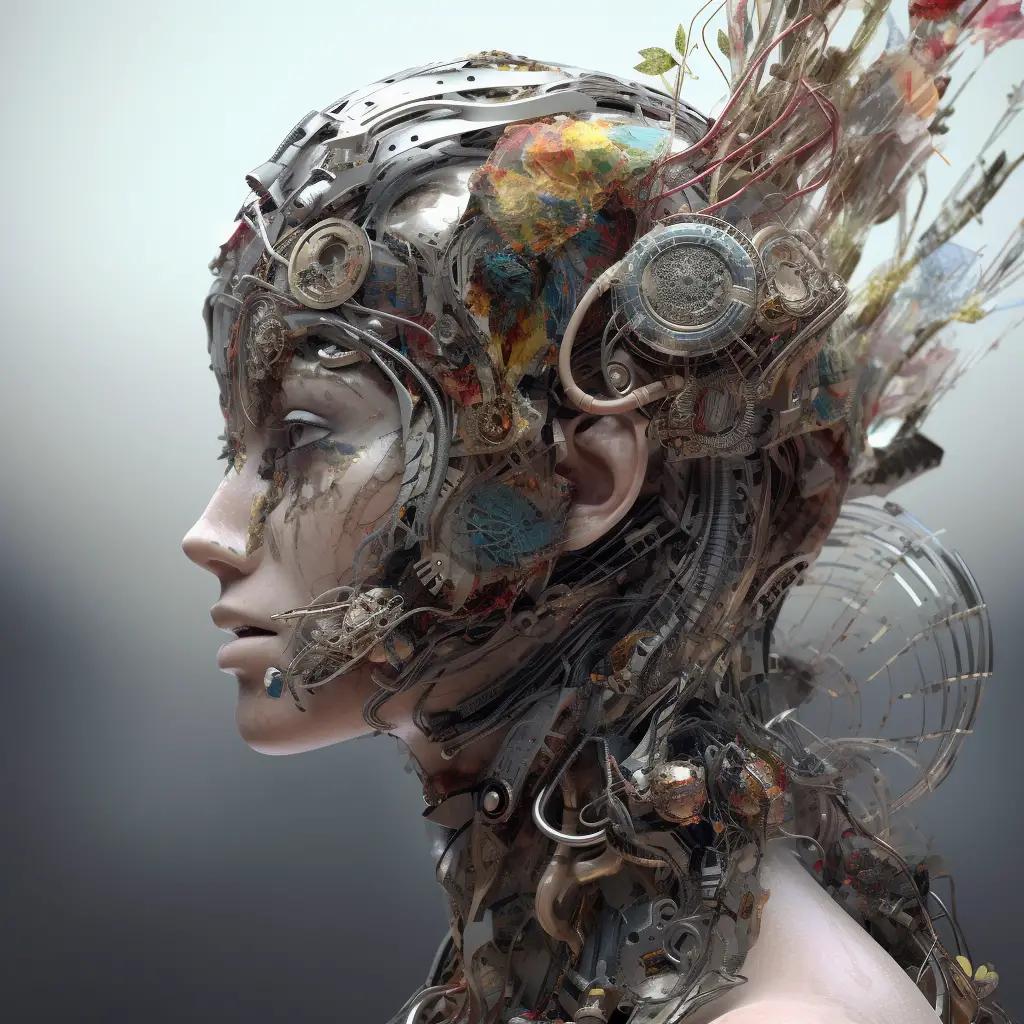
In the world of creative writing, you can let your imagination run wild! 🌈 One of the coolest ways to make your stories fun and relatable is by using a thing called personification. This is when you describe objects, animals, or ideas like they’re humans!
What’s Personification? 🤔
Personification is a nifty trick writers use to make their stories more interesting. Personification is a playful literary trick where non-human things are given human-like qualities, making them come alive in the reader’s imagination. Check out these examples:
- The exhausted pencil finally gave up after hours of writing. ✏️
- The mischievous wind played with my hair as I walked to school. 🍃
- The sun smiled down on us, making everything feel warm and happy. ☀️
You can use personification in many different ways, like with verbs, adjectives, or even whole phrases! Just like this:
- The thought of a fluffy puppy hugged his heart, making him feel all warm and fuzzy. 🐶
- The ice cream seemed to whisper, “Eat me!” as it sat melting in the hot sun. 🍦
- The flowers danced in the breeze, their colorful petals twirling like ballerinas. 💐
Why Use Personification? 🧐
When you give human traits to non-human things, you make them feel more alive and relatable. Personification can help your readers:
- Understand and feel for the non-human things in your story.
- See the relationships between human characters and non-human things more clearly.
- Get a better idea of what role the non-human thing plays in the story.
Plus, personification is just plain fun! It makes stories more exciting and helps you paint vivid pictures in your reader’s mind. 🎨
Personification Through Time ⌛️
People have been using personification for ages! It’s been around in stories, art, and other forms of expression for thousands of years. Some examples include:
- The Roman goddess Victoria, who represents victory, in ancient Roman coins and art.
- The Four Horsemen of the Apocalypse from the Bible, who are personified as men on horseback causing chaos on Earth.
- Famous national symbols, like Uncle Sam for the United States, or Britannia for the United Kingdom.
Personification All Around Us! 🌎
You can find personification in everyday phrases, songs, and even cartoons! Here are some examples:
- “The city that never sleeps.” 🌃
- “You start to freeze as horror looks you right between the eyes.” – Thriller by Michael Jackson 👻
- A scene from The Simpsons where an object briefly “comes to life.” 📺
Personification vs. Anthropomorphism: What’s the Difference?
You might be wondering if personification and anthropomorphism are the same thing. They’re similar, but not quite the same!
Anthropomorphism is when non-human characters, like animals or objects, actually act like humans. Think of Mickey Mouse or SpongeBob SquarePants. They walk, talk, and do human things!
Personification, on the other hand, is when you describe non-human things with human traits, but just to make a point or paint a picture in your reader’s mind. Like saying “the stars winked at me” to show how pretty and twinkly they were.
How to Use Personification in Your Writing: A Step-by-Step Guide 📝
Now that you understand what personification is and how it can make your stories more engaging, let’s dive into a step-by-step guide to help you incorporate personification into your own writing.
Step 1: Identify the Non-Human Elements 🌳
The first step in using personification is to identify the non-human elements in your story that you want to bring to life. These can be objects, animals, or even abstract concepts like emotions or ideas. Make a list of these elements and think about how they contribute to your story.
Step 2: Consider the Human Traits to Assign 🧍
Next, think about the human traits, emotions, or actions you want to assign to the non-human elements you’ve identified. Consider how these traits can help your readers connect with the elements and understand their role in the story. For instance, if you want to describe a stormy day, you might consider using adjectives like “angry” or “raging” to personify the weather.
Step 3: Choose Your Personification Technique 🎭
There are different ways to use personification in your writing. You can use verbs, adjectives, or even entire phrases to bring non-human elements to life. Decide which technique works best for the specific element you’re personifying and the desired effect you want to achieve.
Step 4: Create Vivid Imagery 🖼️
When using personification, it’s essential to create vivid imagery that will help your readers visualize the scene you’re describing. Use descriptive language and sensory details to paint a clear picture in your reader’s mind. For example, instead of just saying, “the leaves rustled in the wind,” you could write, “the leaves whispered their secrets to one another as the wind gently rustled through them.”
Step 5: Be Consistent and Mindful 🧘
As you use personification throughout your story, be mindful of consistency. If you personify an element in one part of your story, make sure you maintain that personification when referring to it later. Additionally, be mindful not to overuse personification, as too much can distract from the story’s main focus.
Step 6: Edit and Revise ✍️
Finally, as with any writing, take the time to edit and revise your work. Reread your story, paying close attention to the personification you’ve used. Ensure that it adds depth and interest to your story without detracting from the overall narrative. If needed, make adjustments to improve clarity, flow, and impact.
Personification Practice Exercises 🏋️♂️
To help you master personification, try these practice exercises:
- Pick an everyday object and write a short paragraph describing it using personification.
- Write a poem where you personify a specific emotion or feeling, like love or loneliness.
- Choose an animal and write a story where you personify its actions and emotions as it goes on an adventure.
- Take a well-known fairy tale or myth and rewrite a scene using personification to add depth and interest.
Personification is a powerful literary tool that can breathe life into your writing and make it more relatable and engaging. By following these step-by-step guidelines and practicing regularly, you’ll soon be able to incorporate personification into your own stories, creating vivid, captivating narratives that draw your readers in and leave them wanting more.
Happy writing! ✍️🌟
If you’re thirsty for more writing knowledge, head over here to learn all 74 literary devices.





